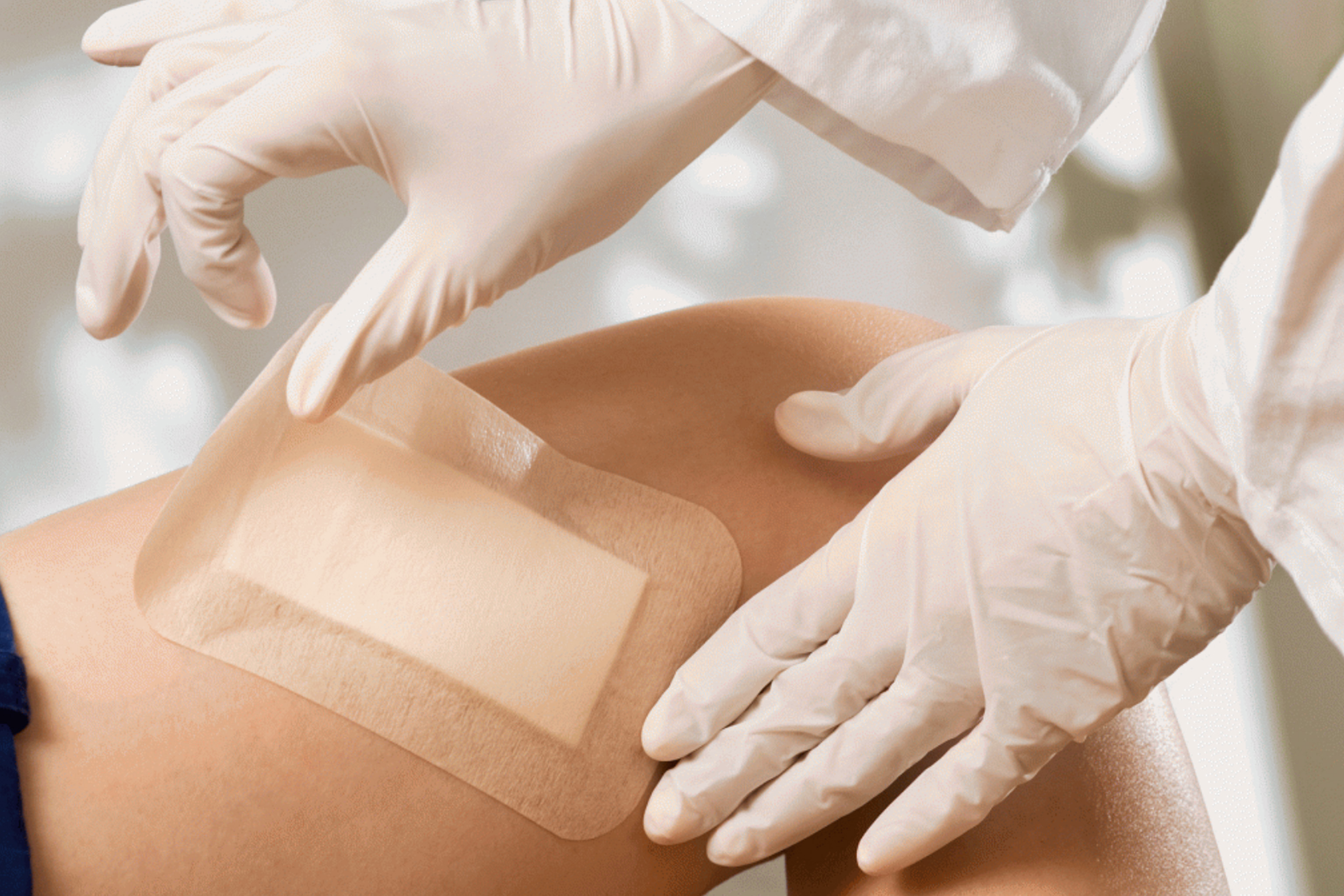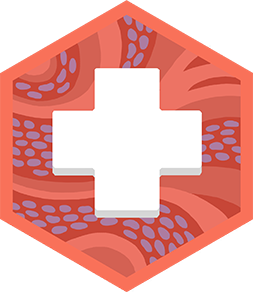Bandage an injury
Learn how to clean and bandage a minor cut using gauze, adhesive bandage, and safe techniques; practice with an adult supervising.



Step-by-step guide to bandage a minor cut
How To Wrap An Elastic Bandage: Knee Compression
Step 1
Ask an adult to supervise and help you before you start.
Step 2
Wash your hands with mild soap and clean water for 20 seconds.
Step 3
Have the adult put on disposable gloves.
Step 4
Rinse the cut gently with clean running water to wash away dirt.
Step 5
Gently clean around the cut with an antiseptic wipe or saline solution.
Step 6
Pat the area dry using a sterile gauze pad.
Step 7
If the cut is bleeding, press a fresh sterile gauze pad firmly on the cut until the bleeding slows or stops.
Step 8
If bleeding does not stop after 10 minutes or the cut looks deep, tell the adult to get medical help right away.
Step 9
Choose an adhesive bandage that will fully cover the cut.
Step 10
With the adult's help, remove the backing from the adhesive bandage without touching the pad.
Step 11
Place the pad of the bandage directly over the wound and press the sticky sides down to seal the edges.
Step 12
Carefully remove the disposable gloves and throw them away.
Step 13
Wash your hands again with soap and clean water.
Step 14
Share your finished bandage practice on DIY.org.
Final steps
You're almost there! Complete all the steps, bring your creation to life, post it, and conquer the challenge!


Help!?
What can we use if we don't have antiseptic wipes or sterile gauze pads?
Rinse the cut thoroughly with clean running water and gently clean around it with mild soap, then pat dry with a clean, lint-free cloth or freshly washed paper towel in place of an antiseptic wipe or sterile gauze pad.
The adhesive bandage won't stick — what should we try?
Follow the instructions to pat the area completely dry with the sterile gauze pad, press the sticky sides down firmly to seal the edges, and replace the bandage with a fresh adhesive one if it still won't adhere.
How can we adapt this activity for toddlers versus older kids?
For toddlers, have the adult perform steps like rinsing the cut and applying the bandage while the child watches or holds a comfort toy, while older kids can practice removing the backing and placing the pad themselves under adult supervision from step 1 onward.
How can we extend or personalize the bandage practice activity?
After completing the steps and washing hands, let the child decorate a clean bandage wrapper or make a simple healing chart to track the cut and then share the finished bandage practice on DIY.org as the final step.
Watch videos on how to bandage a minor cut
Fastest way to heal a sprained knee? First Aid tips to follow - Dr. P C Jagadeesh|Doctors' Circle
Facts about basic first aid for kids
⏱️ Replace a bandage daily or whenever it gets wet or dirty to help the wound heal well.
🦠 Clean hands or gloves are one of the simplest ways to protect a cut from germs before bandaging.
🩹 Most small cuts stop bleeding within 5–10 minutes if you apply gentle pressure.
🧼 Washing a wound with soap and water is often enough to remove dirt and reduce infection risk.
🔍 Watch for increasing redness, swelling, pus, or fever — those are signs to see a doctor.
How do I teach my child to clean and bandage a minor cut?
What materials do I need to practice cleaning and bandaging a cut?
What ages are appropriate for practicing bandaging with an adult?
What safety tips and benefits are there for teaching children to bandage injuries?


One subscription, many ways to play and learn.
Only $6.99 after trial. No credit card required



